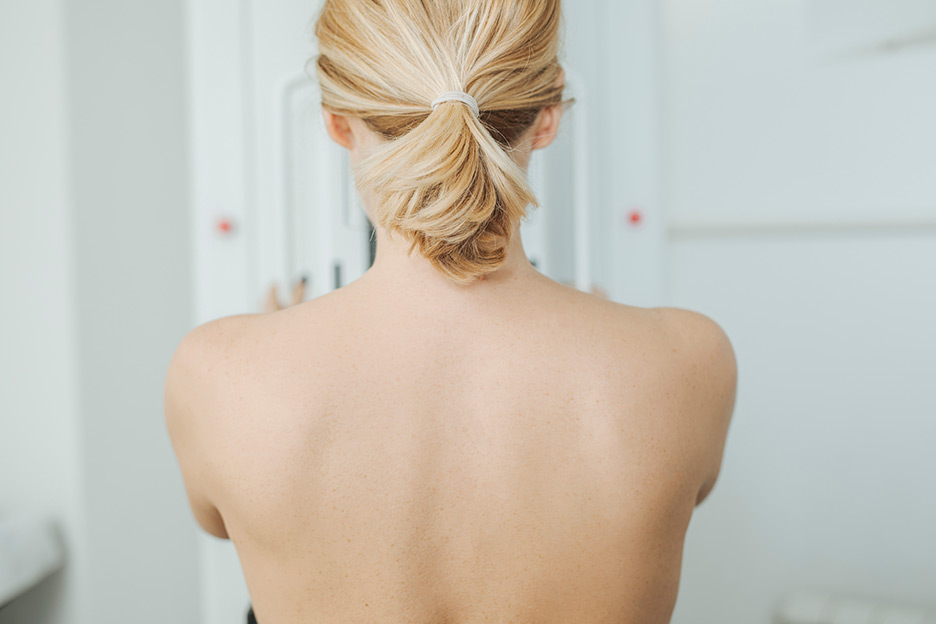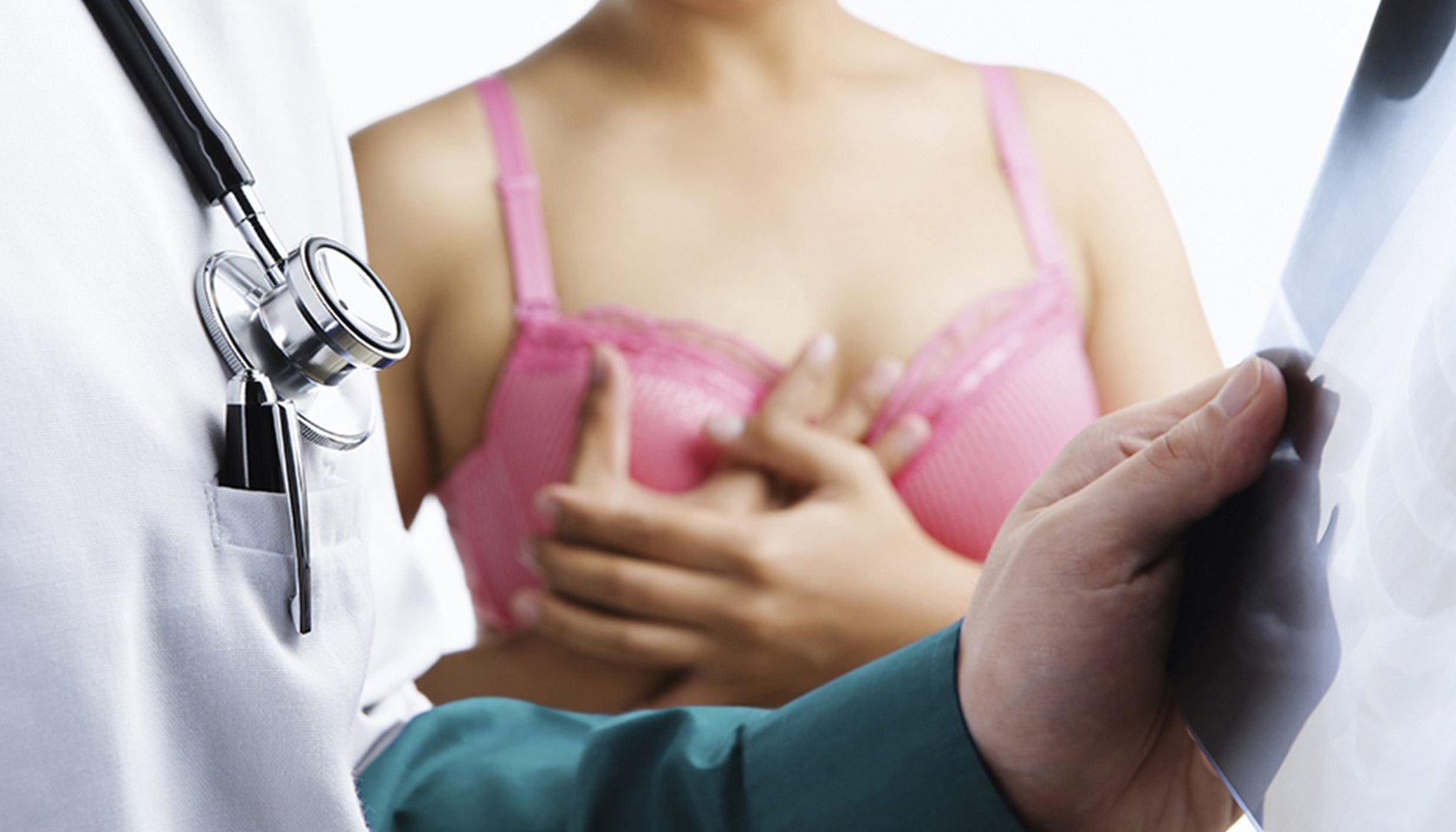You’ve found a lump in your breast and your doctor has asked you to get a mammogram after examining you. A thousand questions flood your mind. What can you expect from a mammogram and what purpose does it serve? We have the answers for you!

Mammograms – answers to your questions!
When waiting to get your first mammogram, you have lots of questions that you would like to have answers to right away:
- What is it really?
- Is it painful?
- Will the results be available quickly?
Regardless of your level of experience in the matter, here are a few answers that you will find useful during your preparation for your next mammogram.
Why must I get a mammogram?
Mammograms are used for breast cancer screening or diagnosis. In the first case, mammograms enable small lesions that cannot be detected by a physical breast exam to be spotted. In the second case, mammograms help determine the cause of abnormal symptoms in the breast, such as the formation of a lump.
If breast cancer is present, the chances of its timely treatment are much better when detected early. The Quebec Breast Cancer Screening Program recommends that women between the ages of 50 and 69 get a mammogram every two years and offers the service free-of-cost.
How can I prepare for it?
-
It is preferable to go for the mammogram in the ten days following your menstrual period to minimize breast sensitivity. Remember this when making your appointment.
-
Coffee, tea, chocolate, and carbonated drinks can increase the sensitivity of your breasts. Avoid these for one to two weeks before you go for your mammogram.
-
During the exam, you will have to undress up to your waist. So, is it is preferable to avoid wearing a one-piece dress.
-
Jewelry (necklace, earrings) must be removed because it can interfere with the mammography. You won’t have to worry about it during the exam if you leave it at home.
-
You shouldn’t use any deodorant, perfume, cream, or talcum powder on the breasts or armpits on the day of the mammography.
Please note that you don’t have to fast for a mammography exam.
What should I expect when I have a mammogram?
During the mammography exam, your breast will be compressed between two flat plates. This technique enables a clear image of the breast to be obtained. An X-ray of each breast will be taken from two different angles, for a total of four images. Each compression will last from 10 to 15 seconds. In total, the whole mammography exam will take about twenty minutes.
The mammography technologist unfortunately cannot comment on the contents of the images in your presence. Only your doctor or a first-line specialized nurse practitioner can discuss the results with you, which will generally be available in the weeks following the mammography exam.

Is it painful?
The pain felt during a mammography exam varies from one woman to another. You must, however, expect a certain level of discomfort from the compression of the breast. But don’t worry because the compression is very brief.
What are the risks of mammography?
Mammography carries few risks. Contrary to popular belief, the risk of cancer following repeated mammography exams is practically nil.
In very rare cases, mammograms can lead to false alerts, that is, an erroneous diagnosis of cancer when there is none. Besides, mammograms are not foolproof and can’t detect all breast cancers.
Small breasts, big breasts, breast prostheses: does it make a difference?
Regardless of the size of your breasts, the procedure is the same and the level of discomfort is similar. On the other hand, if your breasts are bigger, it may be necessary to take more than four images for the proper visualization of all the tissues. The same applies to breast prostheses.
Although it exists, the risk of damaging breast prostheses during a mammography exam is minimal. It is important to tell the technologist about their presence. The technologist will then use a different method to prevent damage to the prostheses.
Should I worry if I’m asked to undergo additional exams?
Mammogram results are normal most of the time. If additional exams are required, please understand that it doesn’t straight away mean cancer. These exams are often useful to obtain more details.
Don’t worry! Most of the results of additional exams (90%) show lesions to be non-cancerous.
In conclusion, mammograms are very useful and remain an important breast cancer screening method. Although the thought of a mammogram and its results can cause a bit of anxiety, being well-informed on the subject is the best source of comfort. Your pharmacist can also help if you can’t find the answers to some of your questions.
Remember that in the majority of cases, the advantages of getting a mammogram outweigh the disadvantages because they are an invaluable aid to quickly detect breast cancer. Fight cancer effectively by welcoming mammograms as part of your check-up!
